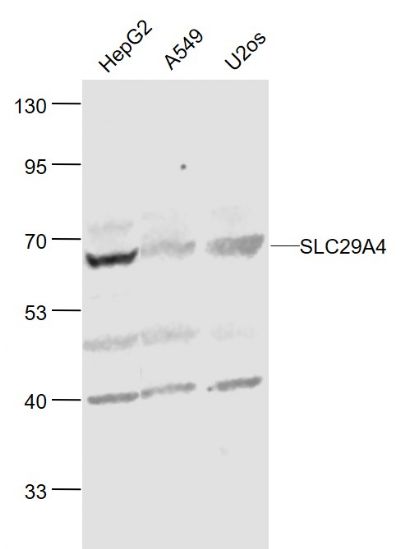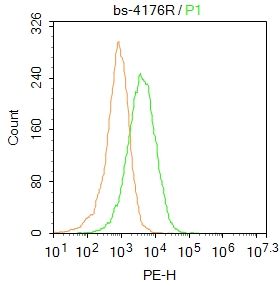This gene is a member of the SLC29 family and encodes a plasma membrane protein with 11 transmembrane helices. This protein catalyzes the reuptake of monoamines into presynaptic neurons, thus determining the intensity and duration of monoamine neural signaling. It has been shown to transport several compounds, including serotonin, dopamine, and the neurotoxin 1-methyl-4-phenylpyridinium. Alternate transcriptional splice variants which encode the same protein have been characterized. [provided by RefSeq, Jul 2008].
Function:
Functions as a polyspecific organic cation transporter, efficiently transporting many organic cations such as monoamine neurotransmitters 1-methyl-4-phenylpyridinium and biogenic amines including serotonin, dopamine, norepinephrine and epinephrine. May play a role in regulating central nervous system homeostasis of monoamine neurotransmitters. May be involved in luminal transport of organic cations in the kidney and seems to use luminal proton gradient to drive organic cation reabsorption. Does not seem to transport nucleoside and nucleoside analogs such as uridine, cytidine, thymidine, adenosine, inosine, guanosine, and azidothymidine. In (PubMed:16873718) adenosine is efficiently transported but in a fashion highly sensitive to extracellular pH, with maximal activity in the pH range 5.5 to 6.5. Glu-206 is essential for the cation selectivity and may function as the charge sensor for cationic substrates. Transport is chloride and sodium-independent but appears to be sensitive to changes in membrane potential. Weakly inhibited by the classical inhibitors of equilibrative nucleoside transport, dipyridamole, dilazep, and nitrobenzylthioinosine. May play a role in the regulation of extracellular adenosine concentrations in cardiac tissues, in particular during ischemia.
Subcellular Location:
Cell membrane; Multi-pass membrane protein (Potential). Apical cell membrane; Multi-pass membrane protein (Potential). Note=Located to the plasma membranes of ventricular myocytes and vascular endothelial cells. Targeted to the apical membranes of differentiated kidney epithelial cells.
Tissue Specificity:
Expressed abundantly in the heart, in both cardiomyocytes and vascular endothelial cells (at protein level). Highly expressed in brain, kidney and skeletal muscle. In the brain expressed in cerebellum, cerebral cortex, medulla, occipital pole, frontal and temporal lobes putamen and in the spinal cord. Lower expression in liver, pancreas, and liver. Expressed in endometrial tissue, exclusively in the stroma. Expression is high in the proliferative phase, decreases during the secretory phase, and is no longer detectable in the menstrual phase.
Post-translational modifications:
N-glycosylated.
Similarity:
Belongs to the SLC29A transporter family.
SWISS:
Q7RTT9
Gene ID:
222962
Database links:
Entrez Gene: 222962 Human
Entrez Gene: 288499 Rat
Omim: 609149 Human
SwissProt: Q7RTT9 Human
Unigene: 4302 Human
| Picture |
Sample:
HepG2(Human) Cell Lysate at 30 ug
A549 (Human) Cell Lysate at 30 ug
U2os(Human) Cell Lysate at 30 ug
Primary: Anti-SLC29A4 (SL4176R) at 1/1000 dilution
Secondary: IRDye800CW Goat Anti-Rabbit IgG at 1/20000 dilution
Predicted band size: 58 kD
Observed band size: 58 kD
Blank control: HepG2.
Primary Antibody (green line): Rabbit Anti-SLC29A4 antibody (SL4176R)
Dilution: 1μg /10^6 cells;
Isotype Control Antibody (orange line): Rabbit IgG .
Secondary Antibody : Goat anti-rabbit IgG-PE
Dilution: 1μg /test.
Protocol
The cells then incubated in 5%BSA to block non-specific protein-protein interactions for 30 min at at room temperature .Cells stained with Primary Antibody for 30 min at room temperature. The secondary antibody used for 40 min at room temperature. Acquisition of 20,000 events was performed.
|
|
|

